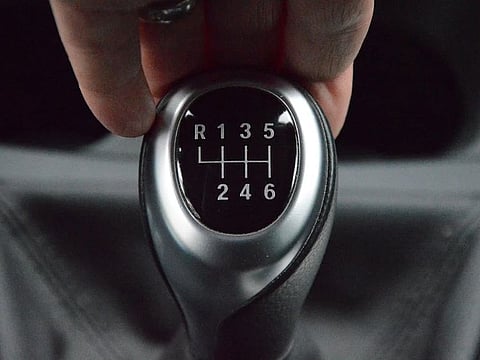5 bad driving habits that are wasting your money
Your parking habits are slowly wrecking your car – here’s how to change that

Tired of your car constantly giving you trouble? You might be surprised to learn that some everyday habits, like the way you park, can contribute to premature car failure. This is especially true for your transmission, the complex system that manages your car’s speed and power.
A study by the International Drivers Association, an organisation based in Singapore that provides international drivers licence related services, found that while parking might seem like the simplest part of owning a car, it can contribute to potential breakdowns if not done correctly.
Here are five mistakes you may be making while parking your car:
1. Skipping the parking brake: Leaving your car solely in gear on an incline puts immense strain on the parking pawl, a tiny metal pin in your transmission. This can lead to wear, tear, or even complete failure.
Solution: Always engage the parking brake, especially on slopes.
2. Rushing into ‘Park’: Shifting abruptly into the ‘Parking’ or ‘P’ mode on your gear box, while the car is still moving, forces the transmission to handle excessive momentum, stressing the parking pawl.
Solution: Come to a complete stop before shifting into park.
3. Braking abruptly: Slamming on the brakes right before parking puts undue pressure on your brake pads, tires, and ultimately, the transmission.
Solution: Brake smoothly and gradually as you approach your parking spot.
4. Parking on uneven surfaces: Regularly parking on uneven ground, without using the parking brake, can cause your car to roll slightly, putting constant strain on the transmission components.
Solution: Find level parking whenever possible, and always engage the parking brake.
5. Ignoring tyre pressure: Uneven tyre pressure can lead to uneven weight distribution when parked, causing excessive wear on certain tyres and potentially impacting transmission performance.
Solution: Regularly check and adjust your tyre pressure according to manufacturer recommendations. If you want to learn more about what the right tyre pressure is for your car, read our detailed guide here.
Eco friendly driving habits
The light motor vehicle handbook by Dubai’s Roads and Transport Authority (RTA) also provides insights into how everyday driving habits can end up costing you more – not just because of higher fuel consumption, but also due to unnecessary wear and tear that you might be subjecting your vehicle to.
For example, as per the RTA, harsh acceleration and braking can use up to 30 per cent more fuel and can cause increased wear and tear on the vehicle. These easy tips can really make a difference to your vehicle’s level of maintenance:
1. Accelerate more gradually. The harder you press the accelerator, the more fuel you are pouring down the hole. A smooth driving style can save up to 10 per cent of fuel used.
2. Braking. Any use of the footbrake should be smooth. By looking well ahead, you are able to see things happening, which would require you to brake, so be prepared. Take your foot off the accelerator and start braking early.
3. Change gears earlier. If your car has a manual transmission, try changing gears at a lower engine rev or move to a higher gear earlier. Move into higher gears reasonably quickly. The higher your engine revs, the more fuel it burns.
4. Engine speeds should be kept relatively low. An engine speed of around 3,000 revolutions per minute (RPM) can save a lot of fuel.
5. Keep your speed down as driving at 80 to 100 km/h means your emissions will be lowest. Driving over 110 km/h will rapidly increase your emissions. It can cost you up to 25 per cent more in fuel to drive at 100 km/h compared to 80 km/h. Keep to all legal speed limits and plan well ahead for changes.
6. Take the time of day into consideration. If possible, stagger your work hours to avoid rush hour traffic. Sitting in stop and go traffic is the biggest waste of fuel there is.
7. Keep your engine tuned. Keeping your engine well-tuned is another good way to stretch your fuel costs. An engine that grinds for ten seconds before firing up wastes enough fuel to take you four kilometres, according to the RTA. Maybe it is time for a new set of spark plugs and a new air filter.
8. Make sure you use the correct fuel. Use the recommended fuel to get the best performance from your car. Check your owner’s manual to see what the recommended fuel is.
Sign up for the Daily Briefing
Get the latest news and updates straight to your inbox







